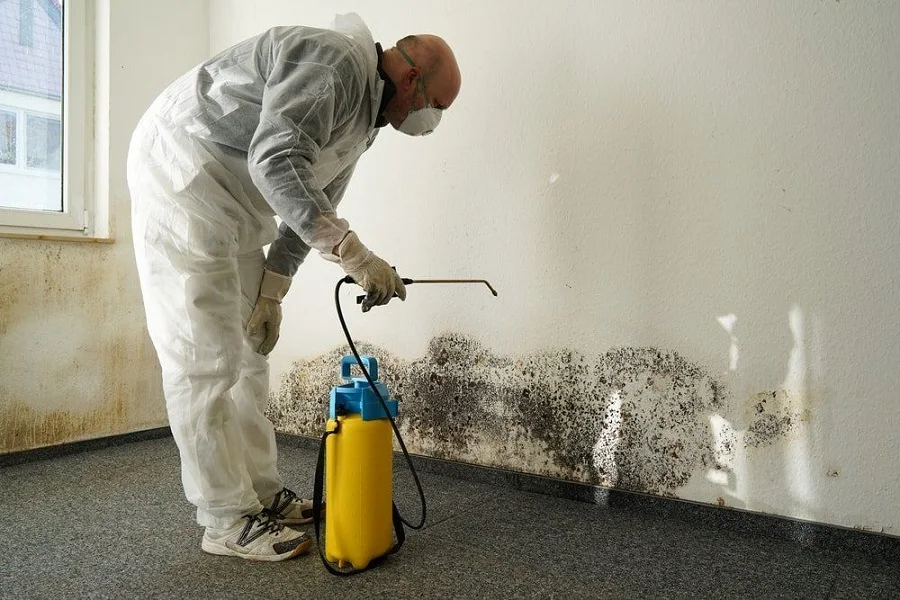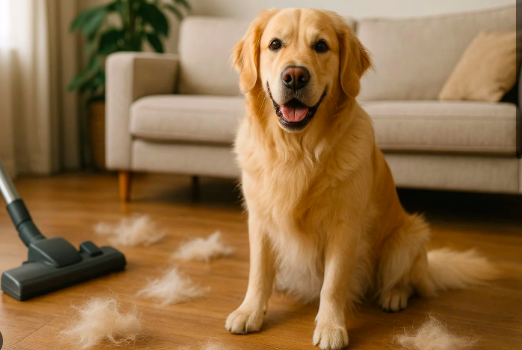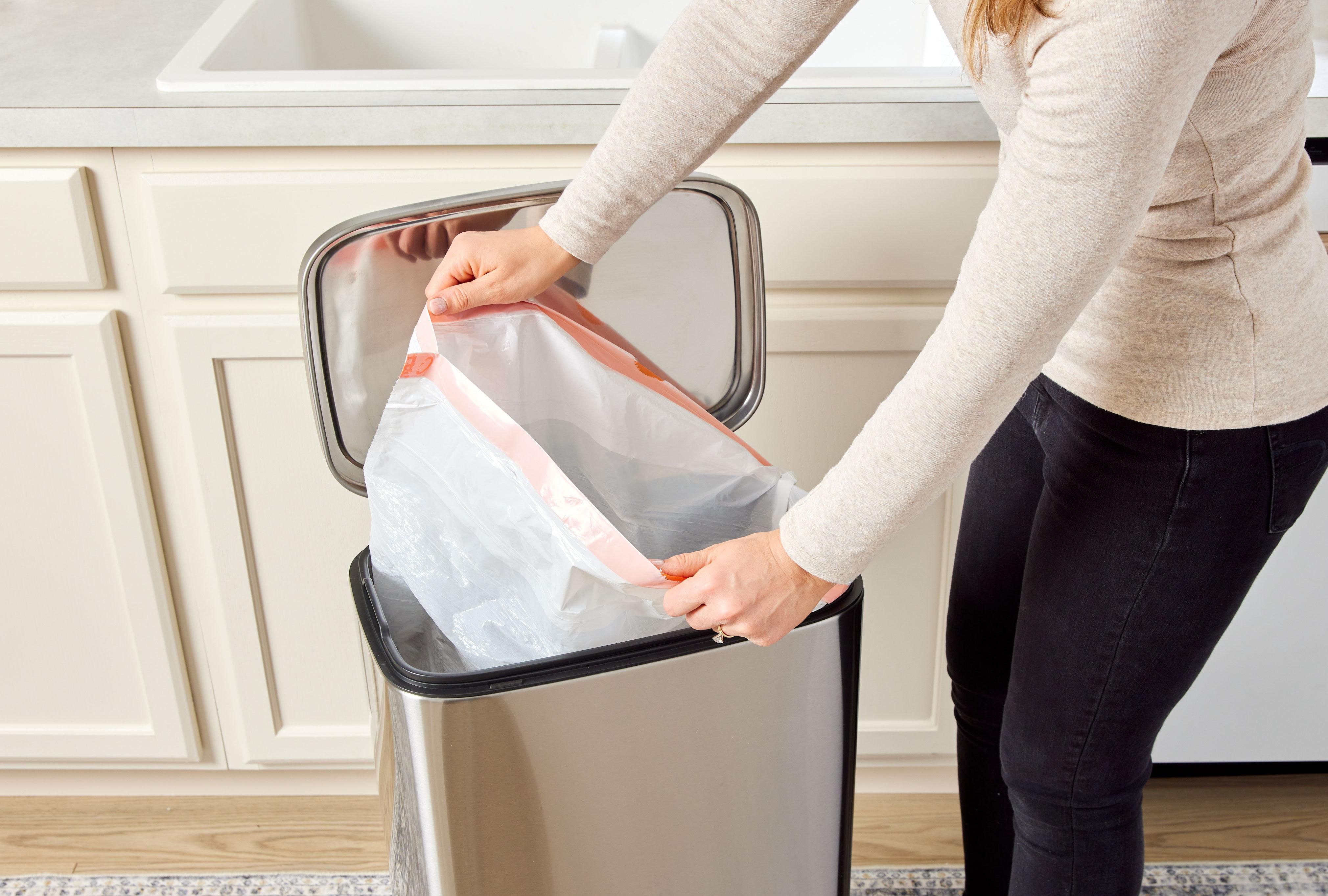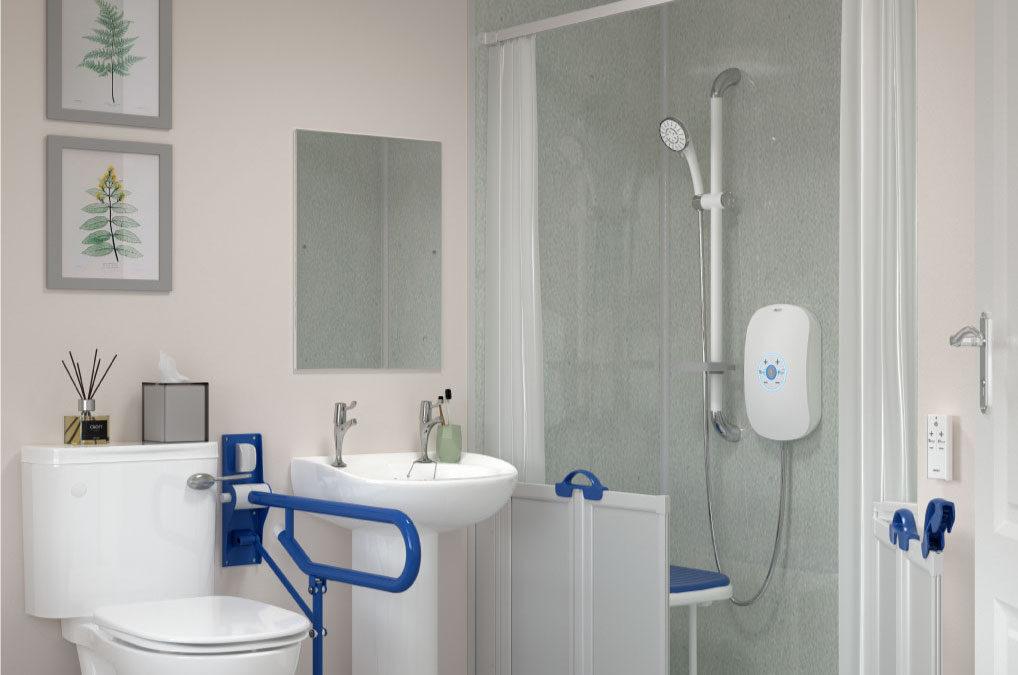Nothing ruins the comfort of your home faster than a musty, damp smell. Whether it’s coming from mold, mildew, or trapped moisture, that unpleasant odor can linger in rooms, carpets, and even your furniture. The good news is that you can eliminate musty smells permanently with a few proven cleaning techniques and preventive measures.
In this guide, you’ll learn how to find the source of musty odors, clean them effectively, and prevent them from returning — so your home stays fresh and healthy all year round.
What Causes Musty Smells in a House?
A musty smell is often a sign of mold or mildew growth, both of which thrive in warm, humid, or poorly ventilated spaces. Common sources include leaky pipes, damp basements, clogged air ducts, or neglected laundry.
According to cleaning expert Daniel Olin, “You should always be wary of mold when trying to identify a musty smell. Often, that’s the real source — and it needs to be addressed immediately.”
Part 1: How to Remove Musty Smells from Your Home
1. Locate the Source of the Smell
The first step is to identify where the odor is coming from. Mold and mildew often hide in damp places such as:
-
Bathrooms – check shower tiles, under sinks, behind the toilet, and corners.
-
Kitchens – inspect under sinks, around refrigerators, and near trash cans.
-
Bedrooms – examine window sills, potted plants, and mattresses.
-
Basements or attics – check insulation, vents, and around water heaters or furnaces.
Don’t forget to check air ducts, laundry areas, and behind furniture where moisture can build up unnoticed.
2. Repair Leaks and Fix Moisture Problems
Leaks are one of the biggest causes of mold and musty smells. Inspect faucets, pipes, roofs, and basement walls for any sign of water damage. Fix leaks immediately or call a plumber if needed.
Once leaks are sealed, allow the affected areas to dry completely before proceeding with cleaning.
3. Clean Mold and Mildew with a Bleach or Vinegar Solution
To remove small patches of mold:
-
Mix 1 cup of bleach with 1 gallon of water.
-
Scrub the affected area using a brush or sponge.
-
Rinse thoroughly with clean water and let it dry.
Alternatively, use white vinegar for a natural method. Spray the moldy area, let it sit for one hour, and then wipe clean with a baking soda solution.
Safety Tip: Always wear gloves and a mask when using bleach, and never mix it with other cleaners.
4. Improve Air Circulation
Stagnant, humid air worsens musty smells. Increase airflow by:
-
Opening windows and doors for cross-ventilation.
-
Turning on ceiling or box fans to circulate air.
-
Running your HVAC system (with clean filters).
As expert Daniel Olin advises, “Open two windows or a window and a door across the home from each other to get a draft going. Airing out your home each day can eliminate odors over time.”
5. Use a Dehumidifier to Control Moisture
Keep indoor humidity levels below 60%, ideally around 50%. A dehumidifier removes excess moisture, making your home less inviting for mold. Use it especially in basements, bathrooms, and other damp spaces.
6. Buy an Air Purifier
A HEPA air purifier helps eliminate airborne mold spores, dust, and dander. Replace filters regularly for maximum efficiency. For long-term results, also upgrade your HVAC filters to HEPA-rated filters to improve indoor air quality.
7. Deep Clean Carpets and Upholstery
Mold spores can cling to soft surfaces. Rent a steam cleaner or hire professionals to deep clean carpets, curtains, and upholstery. Steam cleaning not only removes trapped odors but also kills bacteria.
8. Use Baking Soda or Activated Charcoal to Absorb Odors
Place bowls of baking soda or activated charcoal in musty rooms to absorb lingering odors. Replace them every two weeks. These natural deodorizers work great for closets, basements, and laundry rooms.
9. Wash Your Pet’s Bedding Regularly
Pet beds can trap moisture and odor. Wash them weekly with detergent and hot water, and dry them completely to prevent mold growth.
10. Call a Professional for Severe Mold Issues
If you find a large mold infestation (more than 10 square feet), contact a professional mold remediation specialist. Mold inside walls, air ducts, or HVAC systems should never be handled without expert equipment and safety measures.
Part 2: How to Prevent Musty Smells in the Future
1. Clean and Declutter Weekly
Regular cleaning is key to preventing mold and mildew. Sweep, vacuum, and dust weekly — especially in humid areas like the bathroom and kitchen. Decluttering helps air circulate and prevents moisture from getting trapped in books, fabrics, or papers.
2. Clean Up Spills and Leaks Immediately
Moisture left for more than 48 hours can start mold growth. Wipe spills promptly, fix leaky faucets, and dry wet floors or walls thoroughly.
3. Maintain Proper Humidity Levels
Keep your home’s humidity under 60% using dehumidifiers or air conditioners. Run exhaust fans while showering or cooking, and dry laundry outdoors when possible.
4. Improve Airflow in All Rooms
Open windows regularly and turn on fans in unused rooms. Use air purifiers to remove pollutants and keep the air fresh.
5. Change Air Filters Regularly
Dirty HVAC filters trap moisture and debris that can lead to odor. Replace them every 1–3 months, depending on use, and clean your air ducts every 2–3 years.
6. Inspect for Mold and Leaks Every Season
Check your home four times a year—especially after heavy rains. Inspect basements, attics, and behind appliances for any dampness or mold growth. Fix issues early to prevent larger problems.
7. Use Mold-Inhibiting Paints
When repainting, add a mold inhibitor to your paint. This helps prevent new mold growth, especially in humid spaces like bathrooms or basements. Never paint over existing mold—clean it thoroughly first.
Part 3: Health Risks of Mold and Mildew
Prolonged exposure to mold can cause allergic reactions or respiratory issues, especially in individuals with asthma or weak immune systems. Common symptoms include:
-
Stuffy or runny nose
-
Coughing or wheezing
-
Itchy eyes or skin
-
Shortness of breath
-
Fever in severe cases
If you or a family member experience these symptoms, schedule a professional mold inspection and consult a healthcare provider.
Final Tips for a Fresh, Odor-Free Home
-
Ventilate daily to keep fresh air flowing.
-
Clean and disinfect bathrooms and kitchens weekly.
-
Store clothes and fabrics in dry, airy spaces.
-
Keep indoor plants to a minimum in damp rooms.
By following these steps, you can permanently remove musty smells and maintain a home that feels—and smells—clean, safe, and inviting.



